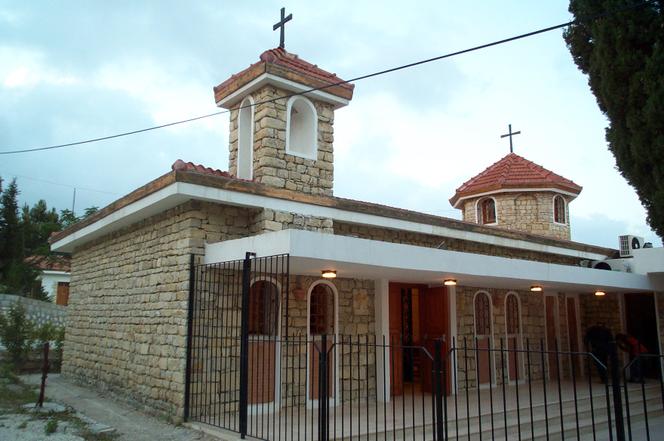


All is quiet in Vakifli, a small village nestled in the hills above Antakya in southern Turkey. The February earthquake and its many aftershocks, which killed more than 48,000 people, destroyed almost half the village's houses – 30 of the 70 old buildings in this tiny island of peace, on the flower-filled slopes of the Mountain of Moses (Musa Dagi in Turkish), overlooking the Mediterranean Sea and the green valleys of olive trees in the distance. Emergency tents and containers have been set up here and there. Nearly seven months after the earthquake, which caused no casualties here, the men continue to spend most of their time at the cafe on the main roadside, in the shade of the trees and with the background trickle of a small stream.
Turkey's "last Armenian village," as the media dubs it, is licking its wounds in silence and at its own pace. Not that Vakifli is the last refuge of Turkey's Armenians – the country has many other villages of this type. But its inhabitants don't claim their Armenian roots in the same way, said Berç Kartun, the local mayor, or muhtar.
The village became world-famous in 1997, when the Holy Mother of God church was built. At the time, the stone structure caused quite a stir, as it was extremely difficult to obtain permits for church construction. The site was blessed and opened for worship, making Vakifli a landmark for the Armenian diaspora and a symbol of Turkey's handling of the history of the 1915 genocide.
As far back as 1933, Vakifli enjoyed a certain renown thanks to Franz Werfel's novel The Forty Days of Musa Dagh. In it, the Austrian writer described the resistance of the region's Armenian villages against the deportations and massacres perpetrated by the Ottoman Empire. He recounted how a French warship came one night to pick up almost 5,000 Armenians from Vakifli and five other surrounding villages, and bring them to safety in Port Said, Egypt. "My grandfather, a soldier in French uniform, took part in these events," recalled Kartun. "He told us how he came back in 1919 and chose to stay in the village, even after 1939, at the time of a new exodus."
In recent years, tourism has flourished for Vakifli and its 150 or so inhabitants, all Armenian except for five families. "Since the earthquake, visitors have become rarer," lamented the muhtar. The hotel was devastated by the earthquake. And the church steeple lies on the ground in the middle of the courtyard behind the building's closed gates. "From the very first day, the Patriarchate of Istanbul was quick to send us buses to collect the elderly and families with children. Help came from all over," he continued. "The Turkish state is helping us, and so is the diaspora, but far less than we'd hoped." Breathing out, he looked weary. "I expected more, but no. The mobilization of the community didn't happen. 30 or so houses to refurbish isn't much, though..."
You have 8.53% of this article left to read. The rest is for subscribers only.
